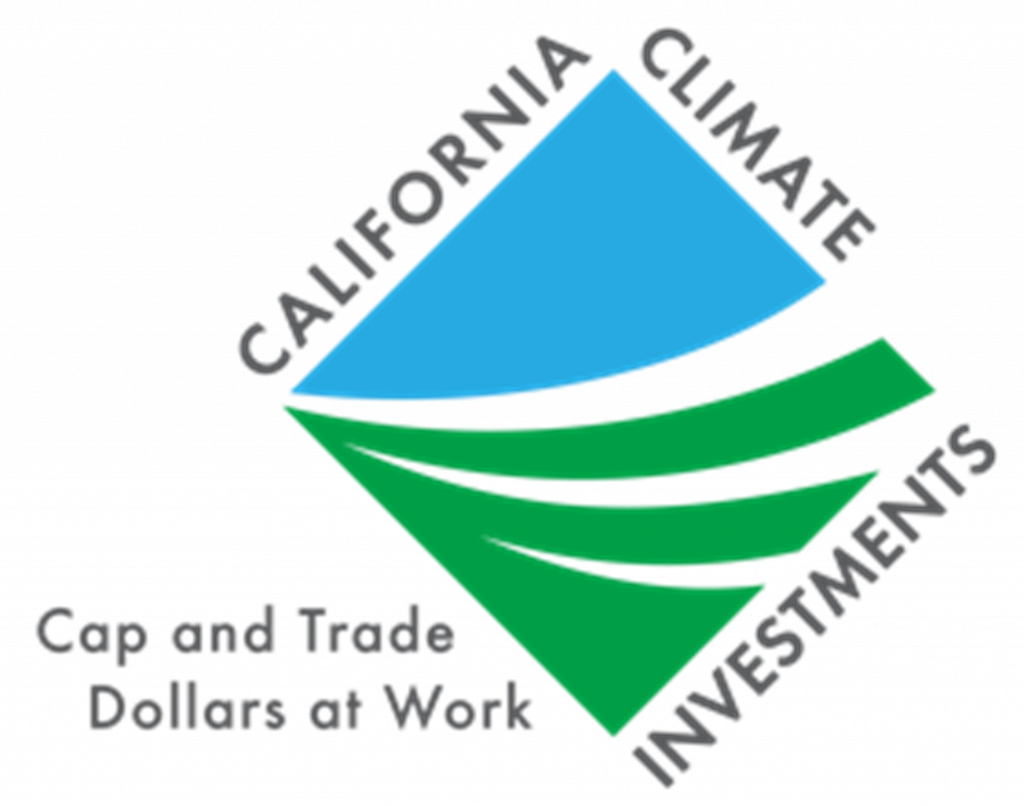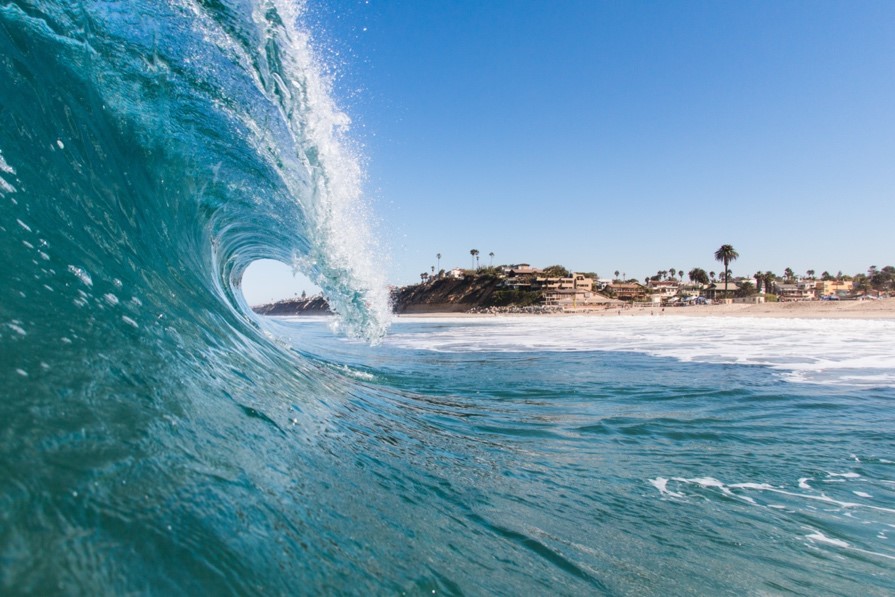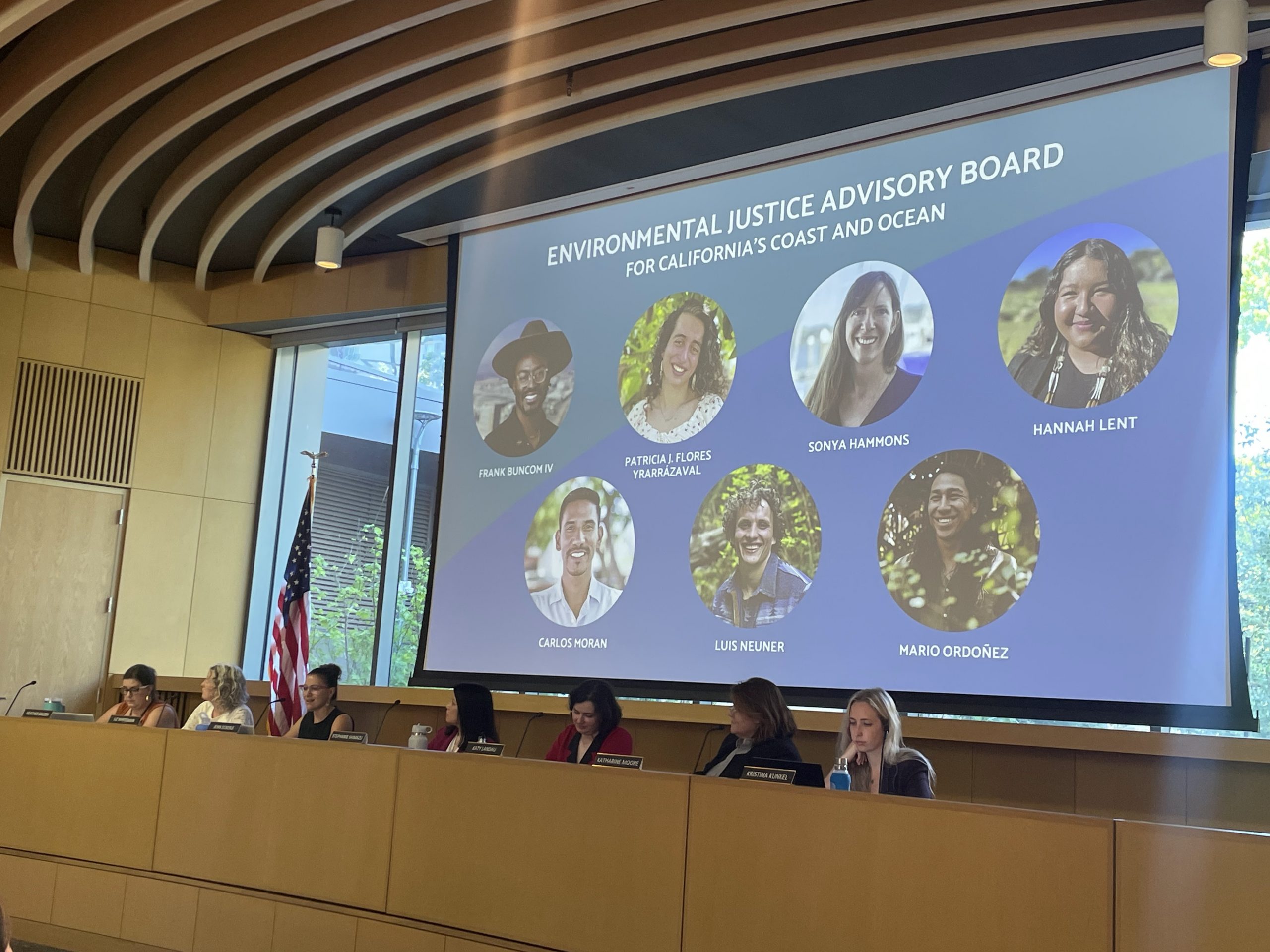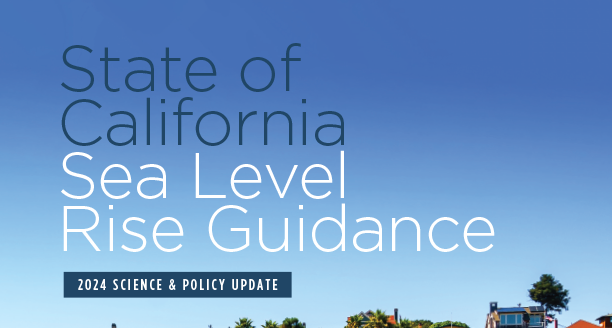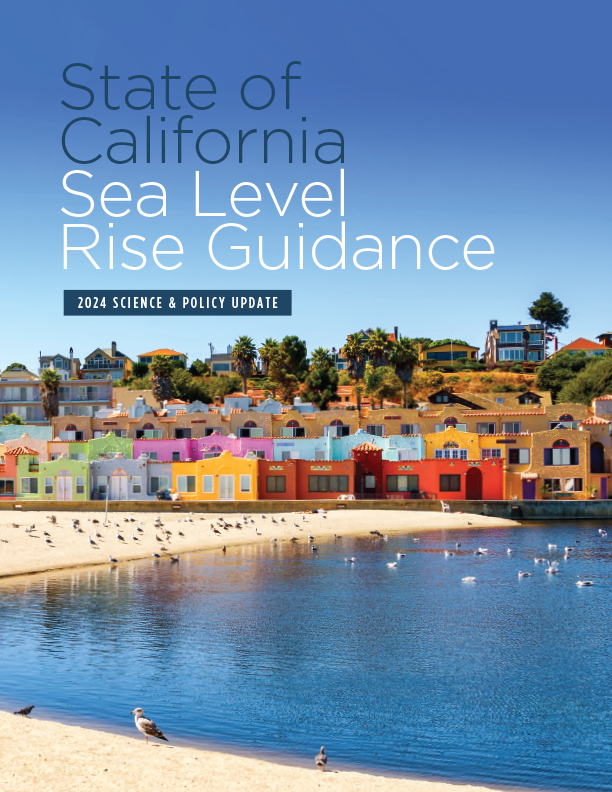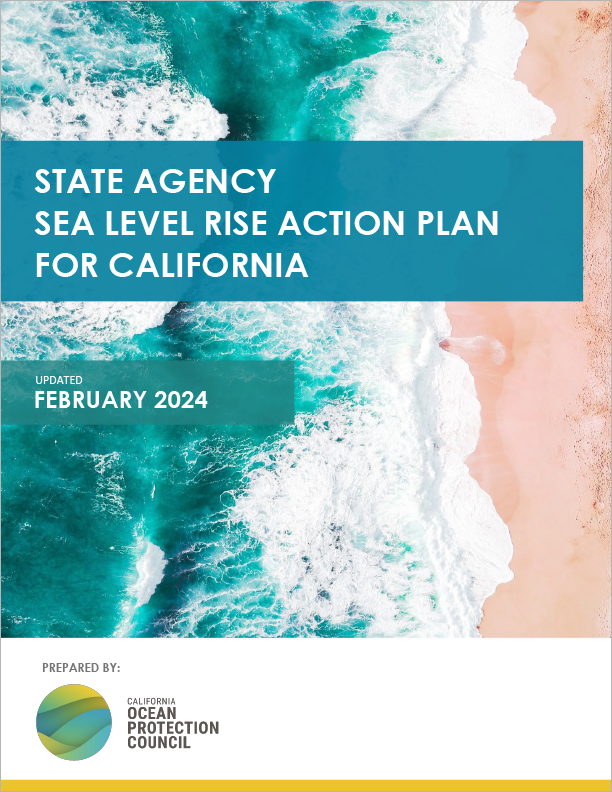Sea Level Rise
Nearly 70 percent of California’s population lives in coastal counties and along the State’s iconic 1,100 miles of mainland coastline and the San Francisco Bay’s additional 500-mile shoreline. As the nation’s largest ocean economy valued at over $44 billion/ year, California has a significant portion of its economy concentrated on the coast, with a great majority of it connected to coastal recreation and tourism, ports and shipping. Many of the facilities and infrastructure that support this ocean economy, as well as the State’s many miles of public beaches, lie within a few feet of the present high tide line.
Sea level rise, a consequence of a warming global climate, poses an immediate and real threat to coastal ecosystems, livelihoods and economies, public access to the coast, recreation, and the well-being and safety of coastal communities. Combined with episodic and extreme events such as storm surges and high tides, sea level rise, and land subsidence directly affect Californians living in coastal and inland delta counties, increasing floods that disrupt services and infrastructure systems. But the threats of sea level rise extend beyond just the immediate coastline. Communities across California are already facing damage to development, ecosystems, water supplies, and infrastructure, making a coordinated response and clear guidance on how to plan and prepare for rising sea levels a necessity.
OPC’s Sea Level Rise program seeks to build coastal resilience by working across scales and disciplines to ensure that California plans for, prepares for, and successfully adapts to the impacts of sea level rise, storms, and coastal flooding.
Related Program Updates
State of California Sea Level Rise Guidance (Updated 2024)
The State of California Sea Level Rise Guidance: 2024 Science and Policy Update updates and replaces the previous 2018 Guidance and marks the fourth iteration of statewide guidance since 2010 for state and local decision-makers to incorporate best available science on sea level rise into planning, design, permitting, investments, and other decisions. It will support state and local action to assess vulnerability to rising seas and climate-driven flooding and the creation of adaptation plans and projects that build resilience into the future.
Topline findings from the 2024 Guidance:
- Land movement, either rising or sinking, is the primary driver of local variations in sea level rise across the state.
- There is now greater certainty in the amount of sea level rise expected in the next 30 years, with a statewide average of 0.8 feet of rise projected by 2050. By 2100, statewide sea levels are expected to rise between 1.6 feet and 3.1 feet, and even higher amounts cannot be ruled out.
- Beyond 2100, the range of sea level rise becomes increasingly large due to uncertainties associated with physical processes, such as earlier-than-expected ice sheet loss and resulting future sea level rise. By 2150, statewide sea levels may rise from 2.6 feet to 11.9 feet, although even higher amounts are possible.
- Today’s coastal storms provide a glimpse into our future in which storm events will become more damaging and dangerous as climate change and sea level rise continues. When combined with extreme storms and higher tides, sea level rise will result in accelerated cliff and bluff erosion, coastal flooding and beach loss, and mobilization of subsurface contaminants. Sea level rise will increase the exposure of communities, assets, services and culturally important areas to significant impacts from coastal storms.
- Sea level rise will increase the frequency of coastal flooding events, which occur when sea level rise amplifies short-term elevated water levels associated with higher tides, large storms, El Niño events, or when large waves coincide with high tides. California communities need to be aware of and prepared for a likely rapid increase in the frequency of coastal flooding in the next decade, even beyond the increases in coastal flood frequency already occurring.
- Groundwater rise poses a threat to below-ground infrastructure and freshwater aquifers under future sea level scenarios. In areas with shallow unconfined groundwater, the water table will generally rise with sea level, depending on local geomorphology. Rising groundwater may mobilize subsurface contaminants in soils, expose underground infrastructure to corrosive saltwater, and put freshwater aquifers at risk of saltwater intrusion. The low-lying Sacramento-San Joaquin Delta, which supplies fresh water to two-thirds of the state’s population and millions of acres of farmland, is particularly vulnerable to saltwater intrusion into groundwater aquifers.
The latest 2024 Guidance was updated by OPC, in partnership with the California Ocean Science Trust and an interdisciplinary Sea Level Rise Science Task Force.
State Agency Sea Level Rise Action Plan for California (Updated 2024)
The State Agency Sea Level Rise Action Plan for California (SLR Action Plan), is a first-of-its-kind, highly coordinated effort to outline a roadmap toward coastal resiliency for the state of California. Developed through intense collaboration from the state agencies that make up the State Sea Level Rise Collaborative, the SLR Action Plan is a living document that fosters accountability and collaboration for planning and implementing sea level rise action over a five-year period (fiscal year 2021-22 to 2024-25). It builds on Senator Atkins’ landmark legislation, Senate Bill 1, which was signed into law by Governor Newsom in 2021 and drives California’s efforts to achieve coastal resilience in the face of rising seas.
The SLR Action Plan is considered a working document with ongoing tribal consultation and annual updates to reflect the state’s evolving progress to address coastal resilience.
Within the Action Plan are approximately 80 agency-specific actions that are tied to outcomes and deadlines. Structured around the Principles for Aligned State Action (2020), a section of the Action Plan is dedicated to improving equity and social justice in coastal resilience efforts, strengthening tribal relations, and increasing support for communities entitled to environmental justice
Funding Opportunities
Senate Bill 1 Sea Level Rise Adaptation Planning Grant Program
OPC’s Senate Bill 1 Sea Level Rise Adaptation Planning Grant Program (SB 1 Grant Program) is open to proposals from local, regional, and tribal governments. The overall goal of the SB 1 Grant Program is to provide funding to develop sea level rise adaptation plans and projects to build resilience to sea level rise along the entire coast of California and San Francisco Bay.
Track 1 proposals are accepted on a rolling, quarterly, non-competitive basis; please see the solicitation for further details.
Check the SB 1 Funding webpage for dates, application materials, and resources.
The SB 1 Grant Program is part of California Climate Investments, a statewide initiative that puts billions of Cap-and-Trade dollars to work reducing greenhouse gas emissions, strengthening the economy, and improving public health and the environment — particularly in disadvantaged communities.
